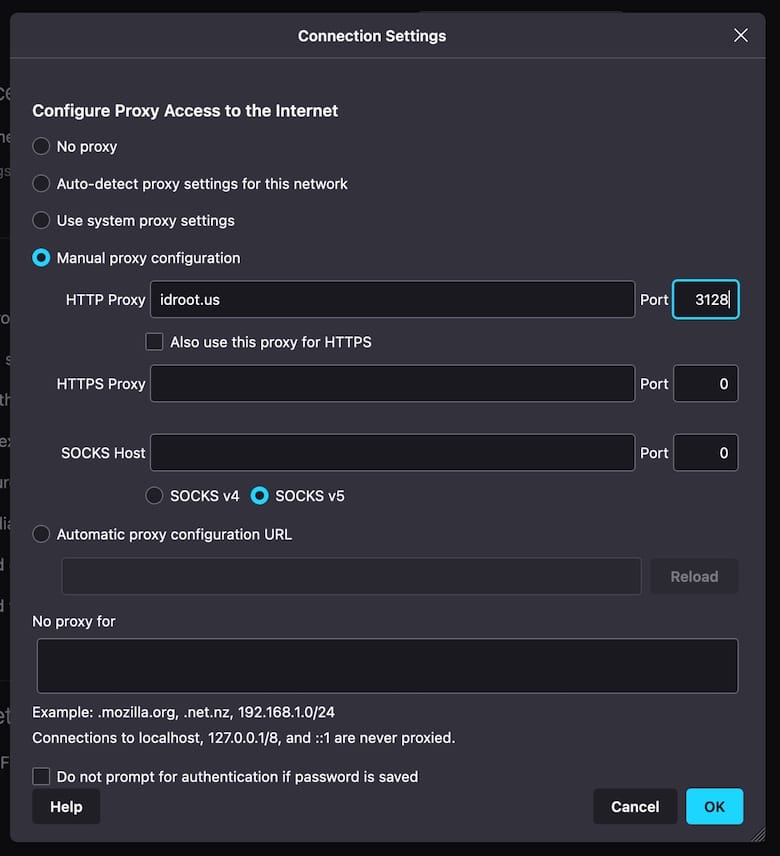How To Install Squid Proxy on Ubuntu 24.04 LTS

In today’s digital landscape, ensuring the security and efficiency of your network is paramount. One powerful tool that can help you achieve this is Squid Proxy, a robust and versatile caching and forwarding web proxy. When installed on a reliable operating system like Ubuntu 24.04 LTS, Squid Proxy offers a range of benefits, including improved security, reduced bandwidth usage, and enhanced performance. In this comprehensive guide, we’ll walk you through the step-by-step process of installing and configuring Squid Proxy on Ubuntu 24.04 LTS, empowering you to take control of your network traffic and optimize your online experience.
Prerequisites
Before diving into the installation process, it’s essential to ensure that your system meets the necessary requirements. Ubuntu 24.04 LTS is a stable and secure platform that provides an ideal foundation for running Squid Proxy. To proceed with the installation, you’ll need a system with at least 2 GB of RAM and a dual-core processor. Additionally, make sure you have sudo privileges to execute administrative commands.
To begin, open a terminal and update your system packages to their latest versions by running the following command:
sudo apt update && sudo apt upgrade -yStep-by-Step Installation of Squid Proxy
Step 1: Update System Packages
Before installing Squid Proxy, it’s crucial to ensure that your system packages are up to date. This step helps prevent potential compatibility issues and ensures a smooth installation process. To update your system packages, run the following command in your terminal:
sudo apt update && sudo apt upgrade -yStep 2: Install Squid Package
With your system packages updated, you can now proceed to install Squid Proxy. Ubuntu’s APT package manager simplifies the installation process. To install Squid, execute the following command:
sudo apt install squid -yOnce the installation is complete, you can verify the installed version of Squid by running:
squid -vStep 3: Verify Squid Service Status
After installing Squid, it’s important to check if the service is running correctly. To verify the status of the Squid service, use the following command:
sudo systemctl status squidIf the service is active and running, you’ll see a green “active (running)” status in the output.
Basic Configuration of Squid Proxy
Step 1: Backup Default Configuration File
Before modifying the Squid configuration file, it’s always a good practice to create a backup. This allows you to revert to the original settings if needed. To backup the default configuration file, run the following command:
sudo cp /etc/squid/squid.conf /etc/squid/squid.conf.backupStep 2: Edit Configuration File
Now, open the Squid configuration file using a text editor of your choice. In this example, we’ll use Nano:
sudo nano /etc/squid/squid.confInside the configuration file, you can customize various settings such as the HTTP port and Access Control Lists (ACLs). The default HTTP port for Squid is 3128, but you can change it to any available port by modifying the http_port directive.
Step 3: Configure Access Control Lists (ACLs)
Access Control Lists (ACLs) in Squid allow you to define rules for allowing or denying access to specific networks or IP addresses. By default, Squid is configured to allow access only from the local machine. To grant access to other networks or IP ranges, you need to modify the ACLs in the configuration file.
For example, to allow access from a specific network, you can add the following lines to the configuration file:
acl allowed_network src 192.168.1.0/24
http_access allow allowed_networkIn this example, the allowed_network ACL is defined to include the IP range 192.168.1.0/24. The http_access directive then allows access to the specified network.
Step 4: Restart Squid Service
After making changes to the Squid configuration file, you need to restart the Squid service for the changes to take effect. Use the following command to restart Squid:
sudo systemctl restart squidAdvanced Configuration Options
Setting Up Authentication
To enhance security and control access to your Squid proxy server, you can set up authentication. This requires users to provide valid credentials before accessing the proxy. To set up authentication, follow these steps:
1. Install the Apache Utilities package, which includes the htpasswd tool for creating and managing user credentials:
sudo apt install apache2-utils2. Create a new authentication file and add user credentials:
sudo htpasswd -c /etc/squid/passwd usernameReplace username with the desired username. You will be prompted to enter and confirm a password for the user.
3. Open the Squid configuration file and add the following lines to enable authentication:
auth_param basic program /usr/lib/squid/basic_ncsa_auth /etc/squid/passwd
auth_param basic realm Squid proxy-caching web server
acl authenticated proxy_auth REQUIRED
http_access allow authenticated4. Restart the Squid service for the changes to take effect:
sudo systemctl restart squidConfiguring HTTPS Support
By default, Squid Proxy does not support HTTPS traffic. However, you can enable HTTPS proxying using the SSL Bump feature. SSL Bump intercepts HTTPS connections, decrypts the traffic for caching and filtering, and then re-encrypts it before sending it to the destination server.
To enable HTTPS support in Squid, follow these steps:
1. Open the Squid configuration file.
2. Locate the http_port directive and modify it to include the ssl-bump option:
http_port 3128 ssl-bump cert=/etc/squid/ssl_cert/myca.pem3. Generate a self-signed SSL certificate for Squid:
sudo openssl req -new -newkey rsa:2048 -sha256 -days 365 -nodes -x509 -keyout myca.pem -out myca.pem4. Move the generated certificate to the Squid SSL certificate directory:
sudo mv myca.pem /etc/squid/ssl_cert/5. Restart the Squid service:
sudo systemctl restart squidTesting the Squid Proxy Server
After installing and configuring Squid Proxy on your Ubuntu 24.04 LTS server, it’s important to test the proxy to ensure it’s functioning correctly. To test the Squid proxy server, you need to configure a client machine or browser to use the proxy.
Here’s an example of how to test the proxy using the curl command:
curl -x http://proxy_server_ip:3128 http://example.comReplace proxy_server_ip with the IP address of your Squid proxy server. If the proxy is working correctly, you should receive the content of the requested website (http://example.com in this case).
You can also configure your web browser to use the Squid proxy. The steps may vary depending on the browser you are using, but generally, you need to go to the browser’s network settings and enter the IP address and port of your Squid proxy server.

Troubleshooting Common Issues
While installing and configuring Squid Proxy on Ubuntu 24.04 LTS is relatively straightforward, you may encounter some common issues. Here are a few troubleshooting tips to help you resolve potential problems:
1. Connection Refused Error: If you receive a “Connection Refused” error when trying to access the proxy, ensure that the Squid service is running and listening on the correct port. You can check the status of the Squid service using the command sudo systemctl status squid.
2. Access Denied Error: If you encounter an “Access Denied” error, it means that your client IP address or network is not allowed to access the proxy. Double-check your ACL configuration in the Squid configuration file and ensure that the necessary permissions are granted.
3. Slow Performance: If you experience slow performance or delays when using the Squid proxy, it could be due to insufficient system resources or a high number of concurrent connections. Monitor your system’s CPU and memory usage to ensure it can handle the load. You may need to optimize Squid’s configuration or consider upgrading your hardware.
4. SSL/HTTPS Issues: If you encounter issues with SSL/HTTPS websites when using Squid Proxy, verify that you have correctly configured SSL Bump and generated the necessary SSL certificates. Ensure that the certificate file path in the Squid configuration file is correct and that the certificate is valid.
Congratulations! You have successfully installed Squid. Thanks for using this tutorial for installing the Squid proxy server on the Ubuntu 24.04 system. For additional help or useful information, we recommend you check the official Squid website.